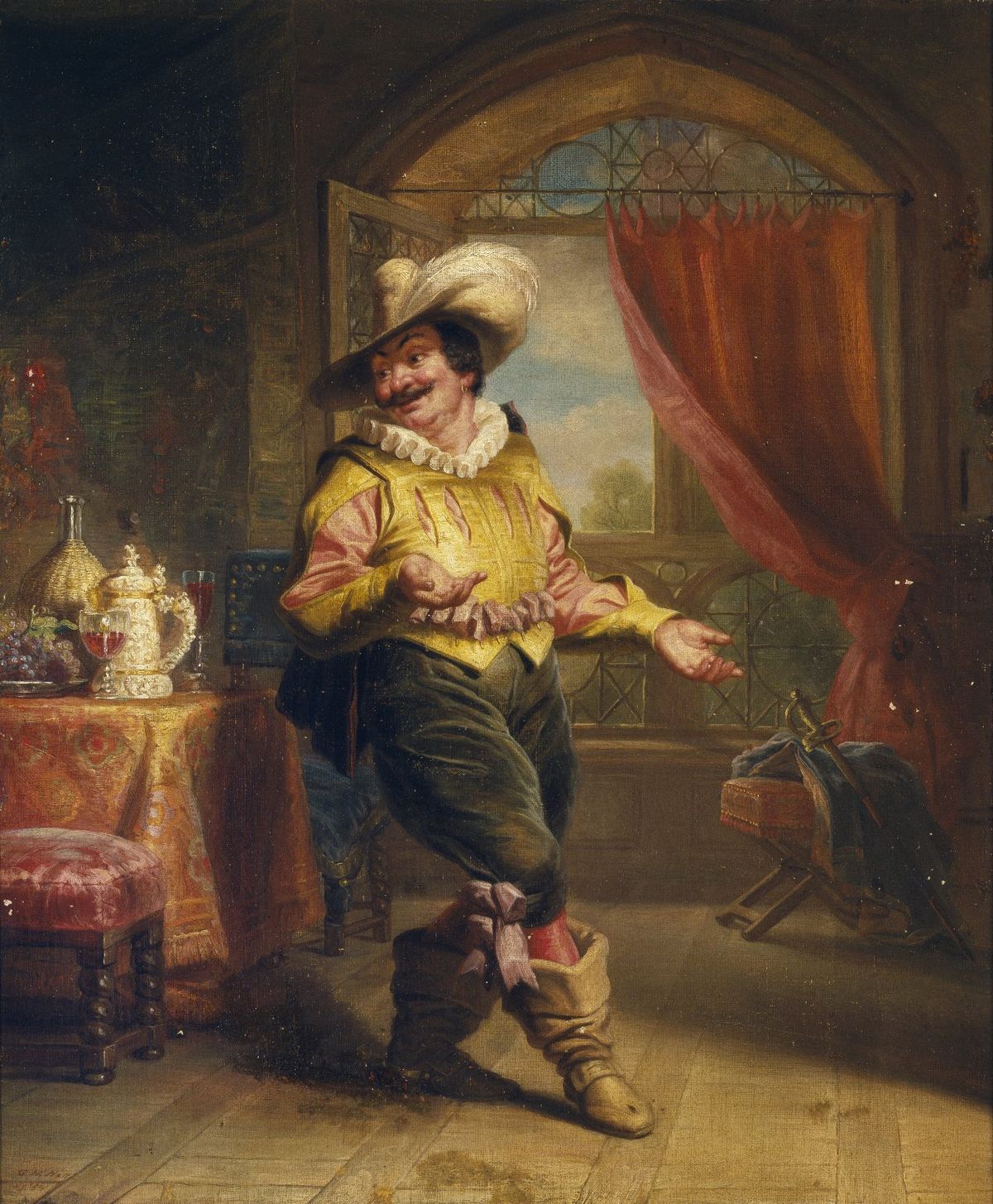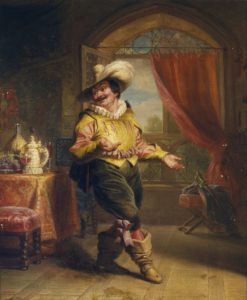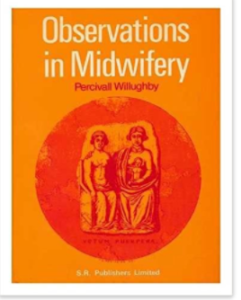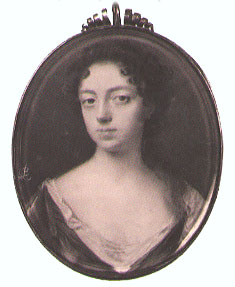
Will there be no more cakes and ale?
Sir Toby Belch, Twelfth Night (Act II, Scene 3)

We’d be willing to bet that most of us have over indulged on the Christmas goodies at one time or another, and for those in the past this was just as true. In this post we look at a traditional cure for bloating and discomfort caused by over eating and drinking, and also at a cure for hangover, which might have helped Samuel Pepys at Christmas 1662 when he drank too much wine!
In 1698 Richard Stafford complained that it was such a shame that
people do keep the Feasts of what is commonly called Christmas, Easter, and Whitsuntide, with the Leaven of Gluttony, Drunkenness, Chambering, and Wantonness, in Vanity and Idleness.
It is reasonable to assume Stafford wasn’t a fan of the Christmas excesses. Over indulgence of food and drink was generally known as a surfeiting and was often associated with the Christmas festivities.
Cures to ease the symptoms a surfeit – a heavy stomach and vomiting – included a medicated drink, known as a surfeit water. Many versions of this drink existed, Elizabeth Okeover’s manuscript recipe book used some extremely expensive ingredients and needed making well in advance. It involved taking two quarts of the best aqua vitae (strong liquor) infused with damask rose water and white sugar. After standing overnight add some red poppy and some raisins. Add to this some musk and some ambergris and leave it to stand for ten days more shaking daily. After this time it was to be strained through a cloth and bottled. It could be kept until required.
Sara had a go at making this cure in a film for Loughborough University’s Christmas Wellness campaign – you can watch how she got on here:
If you’re feeling brave you could try this 300 year old cure for your #ChristmasDay food coma 👀 https://t.co/dYVGIM6Gon #LboroExperts @saralread pic.twitter.com/6xDBBQUTW6
— Loughborough University (@lborouniversity) December 21, 2017
The name ‘hangover’ for the feelings of being unwell after drinking too much alcohol the night before dates from the early twentieth century (first recorded in 1904). This doesn’t mean that the effects of too much alcohol weren’t known about much earlier. As Daniel Dyke wrote in 1614 if ‘the paine of the headach were before the plesure of the wine, none would be drunk’.
Samuel Pepys might wince on reading that since on Saturday 22 December 1660, he went drinking in the Sun Tavern with some pals and had ‘a very fine dinner, good musique, and a great deal of wine’. While the intention was perhaps a couple of swift drinks, they ended up staying out very late, meaning Pepys had to help a staggering Sir William Penn home through the streets. Pepys got home safely but noted that ‘my head [was] troubled with wine, […] akeing all night’. We’ve all been there!
A guide to household medicines, originally from France, The Countrey Farme (1616) gave a cure for wine induced headaches specifically. It advised making a ‘frontlet’ (or plaster applied to the forehead) infused with thyme, maidenhair, and roses. The sufferer may also eat one or two apples and some bitter almonds. We have a feeling this might not be as fortifying as the classic fry-up. If you also had a queasy stomach then the author recommended, ‘thou mayst take of the haire of the Beast that hath made thee ill, and drinke off a good glasse of Wine’ or good old hair of the dog!
This is something to bear in mind as we head into New Years revelry!!
Happy New Year everyone




I’m reasonably well acquainted with gluttony, drunkenness and wantonness (and even vanity and idleness), but what (pray tell) is/was “chambering”?
“In 1698 Richard Stafford complained that it was such a shame that people do keep the Feasts of what is commonly called Christmas, Easter, and Whitsuntide, with the Leaven of Gluttony, Drunkenness, Chambering, and Wantonness, in Vanity and Idleness.”
Chambering is another term for self-indulgence and wantoness – perhaps there just to hammer home the point!